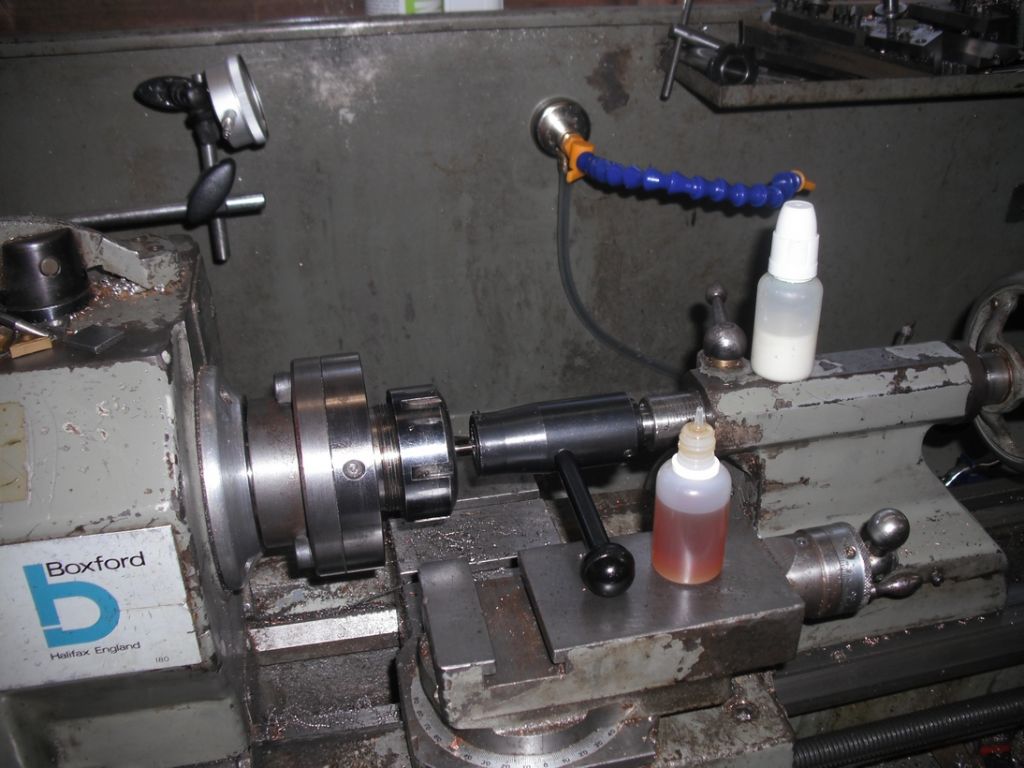There is nothing wrong with a good three-jaw chuck for general use. It is quick, easy and accurate enough for most work if used correctly. IE, don't expect it to hold things concentric to less than two thou or so and plan your work accordingly. Turn the job up in one setting, with a tailstock centre holding the far end if needed, so all diameters are concentric. Then part off the bit left held in the chuck. It is the standard go-to holding device for most lathe work. And it fits all diameters, plus holds inside jobs such as large diameter tubes, rings etc that collets can't.
That said, collets are nice if you have a full set to fit everything, metric and imperial and they are good quality without excess Chinese runout. But you have to change them with every diameter change rather than just twiddle the chuck key. Makes it easier to hold a finished diameter to run true(ish) without setting the jaws of a four jaw chuck. But using a collet to hold unmachined round bar is kind of waxing a dirt floor. The OD is not perfectly round and true so you might as well use the three jaw chuck. Keep your collets for holding precision machined surfaces when needed. I think the best type collet chuck to get is the flange-mounted type that bolts to a backing plate. You can adjust it for perfect concentricity, which you can't on the type that fits in the spindle's morse taper or screws on the spindle nose.
So if you already have a three jaw, and it's not clapped out like some old Myford junk is, use that to start with then buy a collet chuck if/when the need arises. Even if it is clapped, I would buy a new three jaw chuck before a collet chuck. Chuck will do more so if you only have one, that's the one to have.
Edited By Hopper on 10/01/2020 13:17:06
Edited By Hopper on 10/01/2020 13:42:07
 Steviegtr.
Steviegtr.




